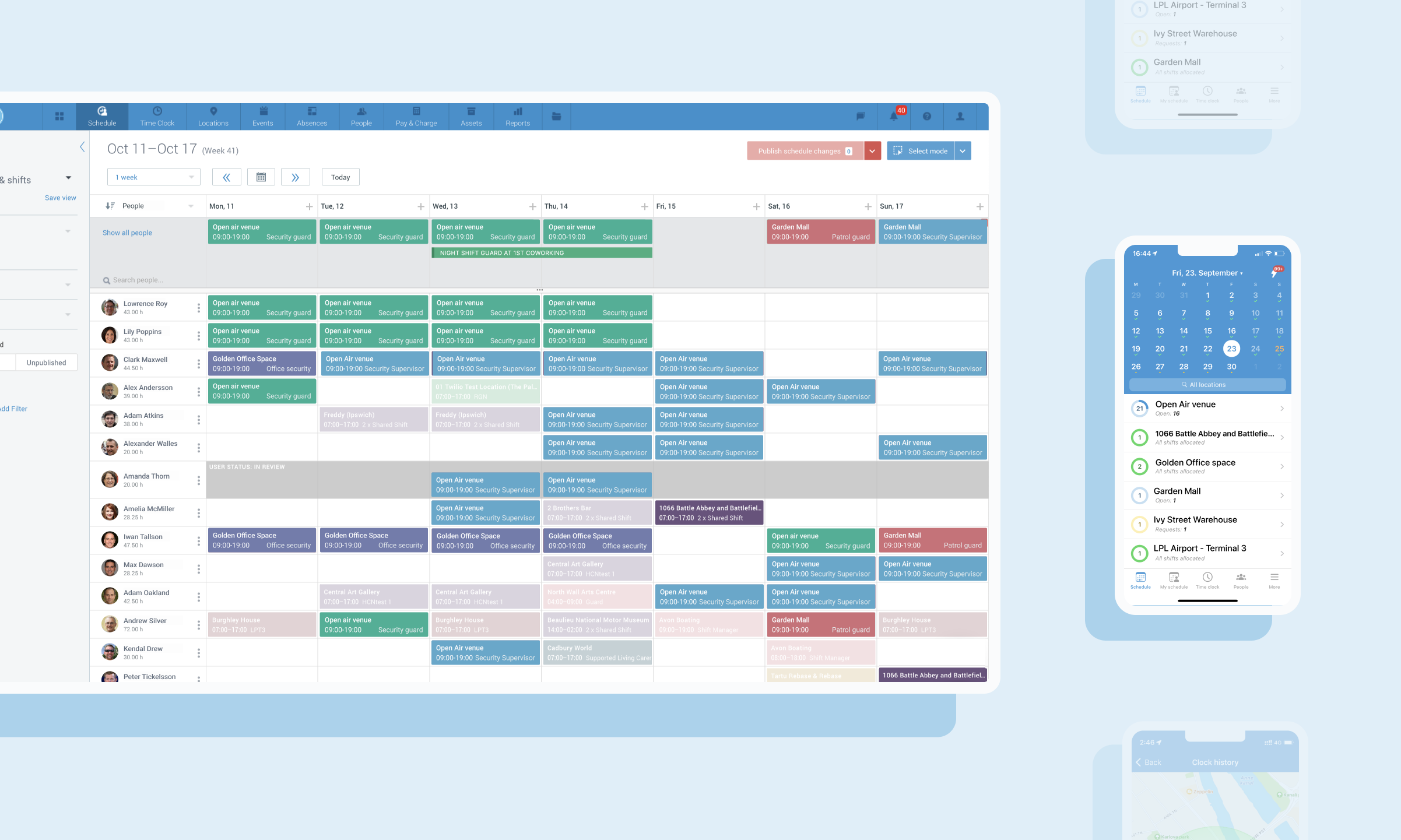Digital transformation in the security industry
If you work in the business of physical security, then you have definitely heard the term “digital transformation” more than once. In case you haven’t, here is a brief definition of the term to catch you up:
Digital transformation is using technology to create or improve how companies operate, their products and services. This goes from the automation of internal processes to the creation of new digital products.
38% of traditional businesses have adopted a digital business strategy. Most of them report several benefits after introducing technology into their line of work, including improvement of operational efficiency, faster time to market, and meeting customer expectations.
However, like with any significant change, taking the first step toward a more digital organisation or even choosing how to do it seems to be the Achilles’ heel of many organisations in the security industry. A survey by Microsoft and Accenture showed that security organisations often fail to proactively tackle potential threats and base decisions on subjective information rather than complex data.
This article will overview what digital transformation means for security experts, the different opportunities this process can bring to your business, and how to begin leading your company into this digital area.
Main areas of digital transformation and how they apply to your business
Bringing a brick-and-mortar security company into the digital era doesn’t mean completely changing your line of business - you don’t have to migrate entirely to digital security to digitise your company. Adapting specific areas will be a decisive first step that will bring substantial benefits.
For example, instead of looking for ways to become a fully digital business - something problematic in the physical security world- try to find out how technology can help you streamline, improve and protect your current processes and assets.
As we will learn in the upcoming paragraphs, digital transformation covers different areas of a business. It is up to you as a manager to decide which ones are best or more appropriate for your company. Let’s look into the four areas of transformation defined by Microsoft and how you can apply them in your organisation:
Optimisation of operations
This refers to all the changes companies can apply to their operations. Workflows like pay and charge, scheduling, tour confirmation and clock-ins can easily be automated with software and applications like PARiM’s workforce management software.
With PARiM, you can easily streamline how you schedule your staff with our intuitive drag-and-drop tool, create reports with all the information you need for your invoice generation, and more.
Other benefits of integrating technology in this area also include:
Better managing your business through data and automation.
Introducing new revenue streams.
Improving operational efficiency.
You can learn more about how the integration with PARiM has already helped other businesses like yours with our case studies.
Empowering employees
Giving more autonomy to your employees while still staying on top of your operations is one of the significant advantages of digital transformation.
Apps like PARiM allow your employees to carry out daily duties like scheduling more efficiently, as they save them the hassle of calling staff to confirm shifts and send them notifications in case of any change or missed shifts. Besides, an easy-to-use system that can be accessed from a computer and a smartphone can allow the employees - and you - to work on the go without needing a centralised workstation.
Other benefits of digitising your operations to benefit your employees include:
Reducing the cost and recurrence of mistakes.
Improving your employees’ productivity and saving them most of the manual work.
Reducing employee burnout derived from repetitive, unfulfilling tasks.
Engaging customers
Meeting your customer’s expectations is crucial, especially when clients expect clear, immediate communication at all times.
PARiM’s software currently allows you to share the shifts that have been scheduled and who has been assigned to them in real-time with your customers. And in future versions, your clients will also be able to modify and approve timesheets, removing extra touchpoints for your staff and customers.
In short, there are multiple ways digital transformation can bring you closer to your clients:
By engaging them with your services, giving them more extensive choice options.
Helping you meet their increasing demands.
Streamlining your communication with them.
Improvement of services and products
Digital transformation offers the opportunity to provide your customer with better, unique services and experiences without the need to change your offering completely.
As we have seen above, the multiple functionalities of PARiM’s workforce management system allow you to work more efficiently and provide your clients with a more complete, personalised service without significantly interfering with your operations.
Is a digital transformation possible in the security business?
Digital transformation is possible and necessary for your business to thrive and grow in the current environment.
If you want to kickstart the digital transformation of your security company today, request a demo with PARiM and let us show you how we can help you.


